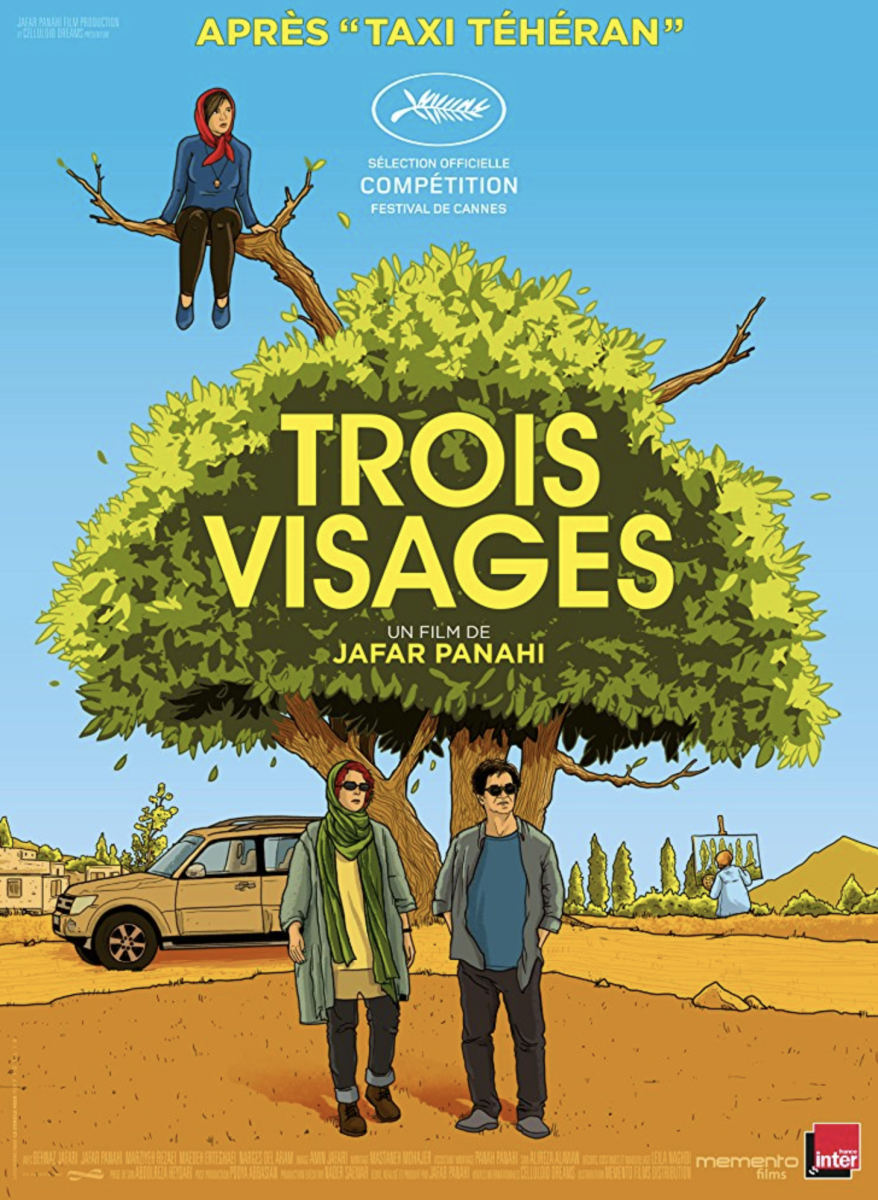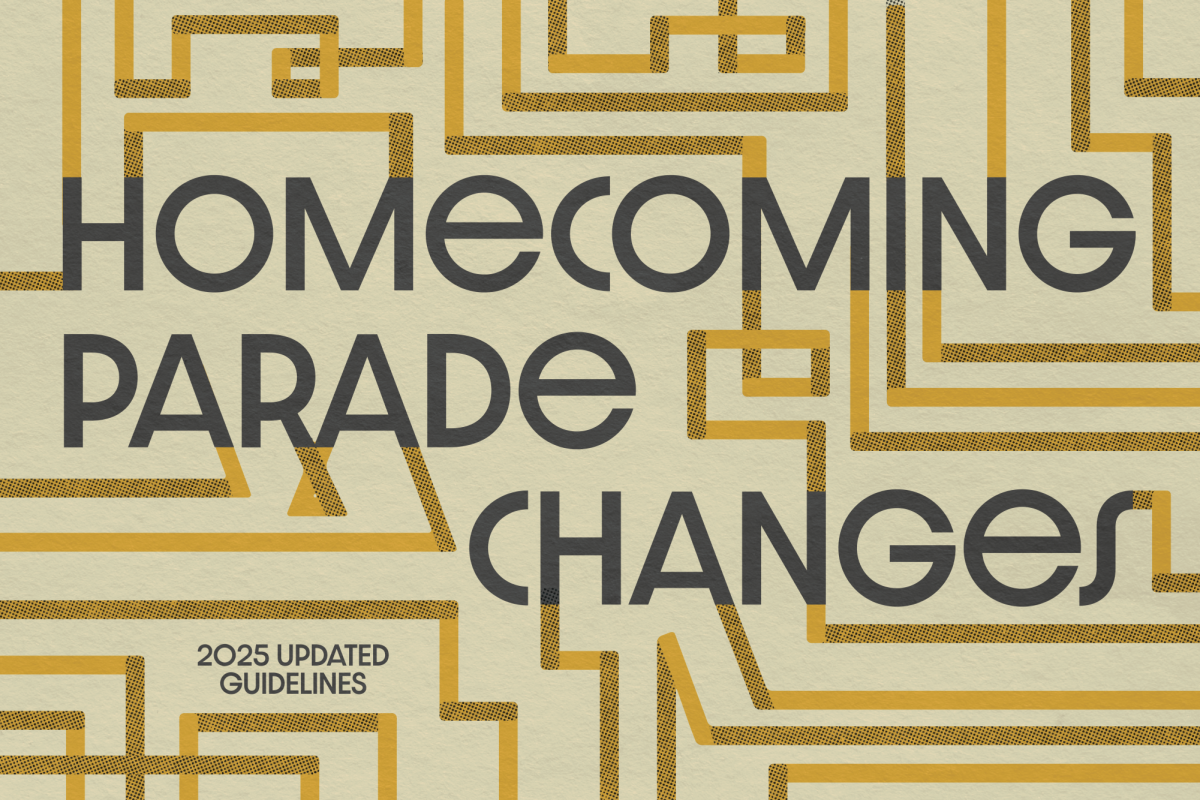Set in the most beautiful corner of one of the most storied countries on Earth, the Festival de Cannes has won a hard-earned reputation as the world’s premier film festival.
Getting its start more than 70 years ago, the festival has continuously served as a marketplace for some of the best films on the international circuit as well as a breeding ground for future talent. Hollywood stars, cinephiles, paparazzi and pickpockets all share the red carpet during 12 sunny days and star-filled nights, frequenting the same films and the same legendary late-night parties.
Former MOVE film columnist Nick Corder, a dedicated filmmaker and cinephile, was present for the last three days of this year’s festival. He opted to write a review for every day that he was there, starting with Jafar Panahi’s “Three Faces” and continuing with Niri Bilge Ceylan’s “The Wild Pear Tree” and Nadine Labaki’s “Capernaum.”
All three films come from the Middle East and all three exemplify film’s role as both high art and a tool for social change. For instance, Panahi’s film, born from a deeply human desire to fight oppression, adopts a political aesthetic language that permits him to progress his craft and aspire to change the social paradigm in Iran.
####Cannes Review: “Three Faces” dares to be more traditional####
It has been eight years since the Iranian government banned Jafar Panahi from making films and leaving the country, yet in that time period the filmmaker has managed to screen four new films at international film festivals by illegally smuggling copies of his movies out of his country.
“Three Faces,” the most recent of the four films, premiered at Cannes on Saturday. It marks a return to form for the director who has largely been confined to restrictive indoor spaces in his previous three films. Panahi, forever taking baby steps toward his old filmmaking career, dares to shoot in the open in “Three Faces,” and his courage pays off.
The story is that of Behnaz Jafari, a real-life Iranian actress, who meets up with director Jafar Panahi in order to look for a young actress who is threatening to commit suicide. The narrative, which is by all means a fictionalized account, follows the two characters into rural Iran where they meet up with eccentric villagers and stir up controversy.
The film’s inclusion of the protagonists’ real names, much like in Seth Rogen and Evan Goldberg’s “This Is the End,” suggests a fascination with the concept of celebrity. Though, unlike its Hollywood predecessor, “Three Faces” does not seek to parody the concept.
Celebrity is presented throughout the film as a paradoxical concept, existing as a mix of privilege and oppression. Panahi’s decision to include Jafari, as opposed to a more well-known male actor, serves to illustrate the particular degree to which all women face oppression in modern-day Iran, no matter their status in society. Panahi draws a parallel between his own situation as a political prisoner and the plight of women in Iran.
By including “Three Faces” in this year’s competition, the Festival de Cannes displays its continuing commitment to projecting international arthouse, but it also displays the festival’s solidarity with storytellers who struggle to tell their stories.
One of two filmmakers in the festival’s competition unable to attend as a result of troubles with the state, Panahi embodies a filmmaker working in spite of high stakes. Oftentimes only having one or two takes to shoot, Panahi and his crew were forced to work fast in fear of being discovered by the government.
However, as admirable as was the pursuit, shooting scenes in one or two tries takes its toll on the film. Small mishaps like a cameraman in the reflection of a car or a botched attempt at closing the car door, issues that are utterly correctable in a film with a more liberal schedule, are plentiful throughout the film.
As such, the film cannot be considered perfect, but other issues are few and far between. Perhaps Panahi indulges a little too much in melodrama from time to time, but more than anything else, the film is a positive development in the Iranian filmmaker’s career.
A synthesis of Panahi’s new and old careers, “Three Faces” is exciting at all turns. Panahi is without a doubt at the top of his game, and the film flourishes as a result.
“Three Faces,” which shared the award for best screenplay in the festival, has yet to find distribution in the United States.
MOVE gives “Three Faces” 4.5 out of 5 stars.
_Edited by Siena DeBolt | [email protected]_








